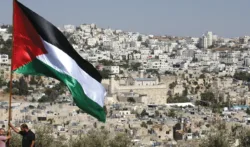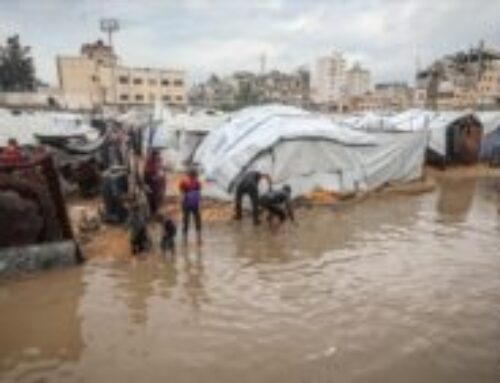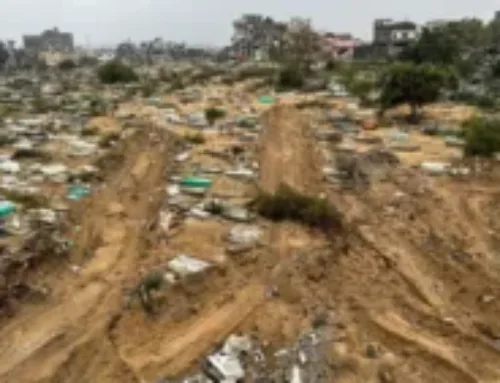Since the sixty-seven words were written on a British document more than a century ago, the land that bore their wound has never known rest. A short letter penned by Arthur Balfour to Lord Rothschild was enough to alter the face of history in Palestine and open a century of catastrophes whose chapter has yet to close.
He granted what he did not own — a land that was not his — to those who did not deserve it, disregarding the memory, the right, and the human existence that had flourished in this land for thousands of years. Thus, ink turned into fire, and the letter into a project of uprooting, displacement, and unending extermination.
Since that dark day, Palestine has continued to pay the price of a promise drafted in a distant capital, yet its echo still reverberates through every demolished village and every overcrowded camp.
On the ruins of more than five hundred towns and villages, the usurping entity rose in 1948 — the bloody promise fulfilled through wars, massacres, and sieges, reflected in the faces of children born without a homeland or shelter, while the world maintains its silence before the longest colonial crime of modern times.
Today, 108 years later, the Balfour Declaration has not faded into memory. It remains a living reality renewed in every assault on Gaza, in every settlement rooted in the West Bank, and in every home demolished in Al-Quds. What began with British ink was completed with fire and gunpowder — the result unchanged: an occupation tightening its grip on a land that still refuses to surrender its breath.
Human rights organizations affirm that what has been unfolding in Gaza for two years — the genocide and the suffocating siege — represents the latest manifestation of the Balfour Declaration, as political immunity continues to grant the killer legitimacy, and the world persists in treating the tragedy as a geographic destiny rather than an ongoing crime.
Yet Palestinians, turned into refugees scattered across a shrinking map, continue to write their story with their blood and steadfastness. In the camps, in exile, and upon every stone of the occupied land, the will endures — the belief that rights do not expire with time, and that the promise forged by colonial hands was never destiny but a test of endurance.
A hundred and eight years have passed, and the wound remains open — no longer a mark of weakness, but a scar of memory reminding the world that steadfastness itself is a form of resistance.
For today’s a Palestinian, despite the massacres and the siege, still believes that the ink which erased his land will never erase his right, and that the land promised to strangers still preserves the names of its children, awaiting their return no matter how long it takes.
Thus, between memory and tragedy, Palestinians continue to write a new chapter of the old promise — a promise of freedom this time, not signed by a British minister, but by the people who have written their covenant of existence in blood, vowing that what was written on paper will be erased upon the soil of Palestine.





